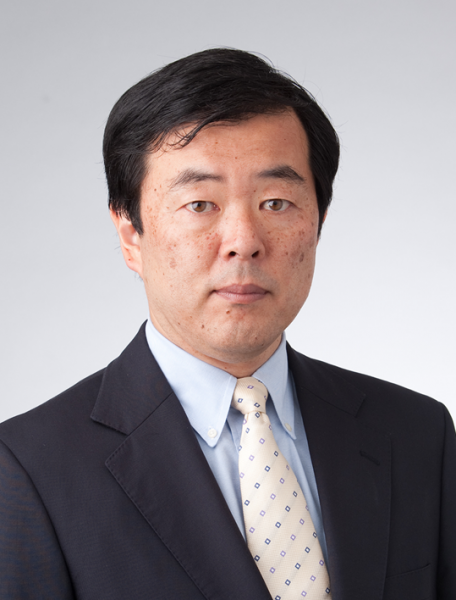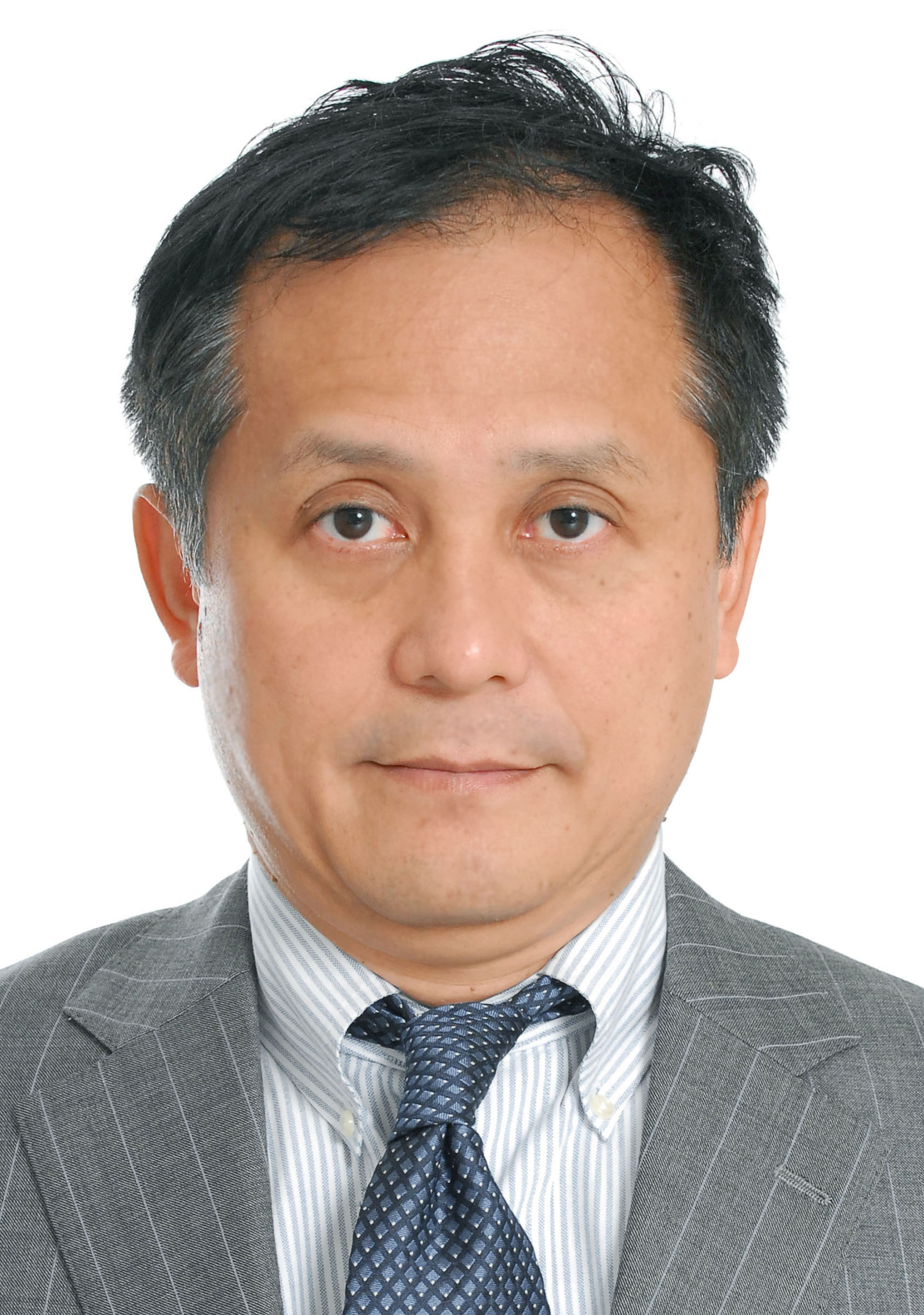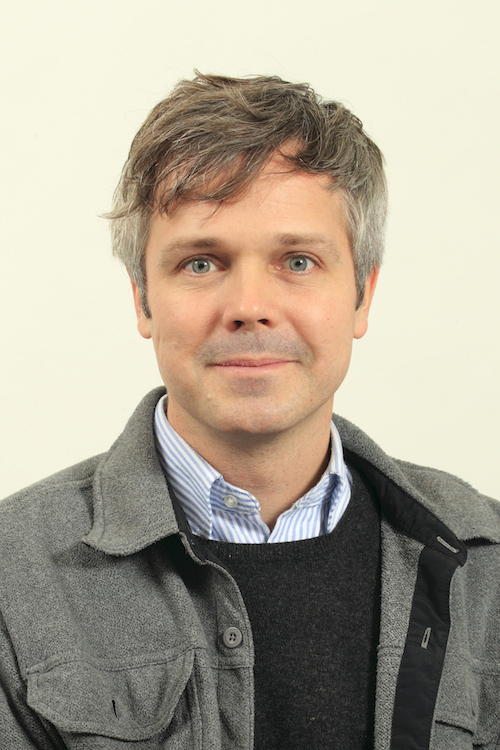Shock of a “Nation of 50 Million People”
The Rebuild Japan Initiative Foundation (RJIF) hosted a symposium in October examining the impact of a declining population on society and businesses.
In 2014, the Japan Policy Council, a private think tank, published a simulation showing the disappearance of regional cities by 2040. In “Population Evaporation, a ‘Nation of 50 million People’: Shock in Japan — Special Investigation Commission on Population Issues, Research and Report,” the Rebuild Japan Initiative Foundation (RJIF) took a more in-depth look. RJIF, a private think tank, was established by former Asahi Shimbun Editor-in-Chief Funabashi Yoichi in 2011 to examine the accident at the Fukushima Daiichi Nuclear Power Plant from the perspective of the private sector.

Rebuild Japan Initiative Foundation (RJIF) founder Funabashi Yoichi at the “Population Evaporation” symposium
The report was published in June 2015. It analyzes the progress of demographics affecting the various aspects of the social structure in Japan from the viewpoints of the Tokyo Metropolitan area, lifeline infrastructure and finance and economy.
While it further examines the failed policies of the past, it proposes measures including recovery measures and measures to maintain and improve the standard of lifestyles amid the ongoing declining population. Should the current overall fertility rate (1.42 in 2014) prevail, the report warns that, by the end of the twenty-first century, the population will contract to 50 million, less than half of the current population of 120 million, and moreover, the elderly population aged 65 years old and above will comprise 40% of the total population.
The decline of the population, like the evaporation of water, will constitute Japan’s largest crisis ever.
RJIF hosted a symposium in October on the theme “Population Evaporation.” The participants were House of Representatives member Koizumi Shinichiro and President Tamatsuka Genichi of Lawson, a major convenience store. Yomiuri Research Institute Chief Researcher Sakakibara Noriko took on the role of moderator. At the beginning of the talks at the symposium, Sakakibara pointed out policy and business aspects in dealing with the impact that is indicated by the “population evaporation.”
A Change in Thinking
Koizumi commenced the discussions by saying, “Although the future is not foreseeable, the future of the population is highly foreseeable.” If the current average life expectancy (80.50 years for males and 86.83 years for females) remains the same, babies born in 2015 will live until around 2100. In stating this, Koizumi showed his perception that the population issue in 2100 is the theme that those of us who are living now need to think about now, both for them and the generations that follow them.
The pillar of Koizumi’s argument is a change in thinking.
He presented the case of Amacho, a town located on an isolated island in the Oki Islands, as an example of highly successful regional revitalization. Facing the crisis of a financial collapse, the mayor of Amacho announced that he would voluntarily cut his wages by half, and following his decision, the managers in the town office also voluntarily cut their wages by 30%. Led by these determined decisions, the townspeople accepted a cut in subsidies for the elderly. The town then allocated the funds saved by the cutback to measures for dealing with the declining birthrate and also for innovating sea products, its main industry. As a result, it has managed to develop a system infrastructure, the CAS freezing method, whereby sea products are frozen quickly without damage to their cells, and this system has proved to be so successful that the town is now receiving delegations to observe the system from inside and outside the island.
The slogan for the revitalization of Amacho is simple and clear: “We don’t have what we don’t have.” However, this is paradoxical, and Koizumi said, “The slogan actually means, ‘We have what we have,’ and it shows the commitment of the town to using everything it has.” He insisted that Amacho provided a hint for a change in thinking that is essential in examining the population issue. He said that it is the sense of preparedness for “What declines, declines,” and the spirit of the challenge, “Maximize the resources we have.”
Koizumi positioned cutting-edge technological development as one of the pillars of measures to deal with the declining population. Koizumi stressed, “We need to develop cutting-edge technologies at the highest speed. One such technology is artificial intelligence. The problems of an increase in the areas of deserted cultivated land due to the aging of the agricultural population will be overcome through the development of systems whereby land is automatically cultivated unmanned. It is also possible to thoroughly pursue measures to complement the negative aspects of the declining population by developing fully unmanned automated driving technologies and other technologies. This is the way forward that Japan alone can choose.”
Koizumi generated a new perspective on measures for dealing with the declining birthrate. Against the existing measures of focusing on the third children and thereafter in dealing with the declining birthrate, Koizumi appealed for a change in thinking and said, “Support should be extended to the first children. Without the first ones, there will be no second ones. There are no incentives from support that focuses on the third children and thereafter.”
Response to Rapid Changes
Tamatsuka said, “Our job is to respond to towns that are changing continually and rapidly.”
Almost half of the 1.6 million stores that existed forty years ago to support people’s daily lives have disappeared. Among consumers that use retail stores, as a result of the progress of the development of nuclear families and aging, the number of single households and two-person households has been continually rising. The real picture is that the number of households that consist of married couples who are both working and the elderly has been rising. In this environment, centered on food-related products, convenience stores are functioning as life infrastructures for consumers by developing an extensive network of logistics bases in each region. In terms of Lawson, it has approximately 12,000 franchise stores nationwide, serves more than 10 million customers every day and employs approximately 200,000 workers.
Tamatsuka said, “By operating 24 hours a day, the 12,000 stores are supporting the overall lifestyles in local communities that are changing all the time in a diverse manner by responding to issues including the wandering of the elderly, rising health awareness nationwide and disasters and crimes. I believe that the challenge we are facing is to understand what convenience stores are.”
Tamatsuka has ensured that not only he, but also all the officers read RJIF’s report. This is because the report clearly presents the case of the declining population from the short-, medium and long-term perspectives, and specifically shows its impact and forecast figures. Tamatsuka was resolute, “This issue needs to be taken seriously and all the necessary measures that can be taken by the private sector must be carried out to a full extent. In particular, it is absolutely vital to increase productivity based on the assumption of the declining population.”
The immediate challenge is a shortage in the workforce. The expansion of the employment of female workers, older workers and foreigners has always been on the agenda. Tamatsuka believes that in terms of the POS system, for example, which supports the management of convenience stores,
simplifying the interface and adopting multiple languages will enhance the confidence and satisfaction of diverse types of workers, which will result in improved productivity. He also said that, considering the fact that franchise stores where female workers have taken active roles tend to perform strongly, he will seek to expand opportunities for female workers to take active roles.
The arguments expressed by the two speakers as described above show the importance of the “positive thinking of maximizing the advancement of productivity by using artificial intelligence and big data” (as pointed out by Koizumi) and the “development of an environment in which people can work in accordance with their age” with the understanding that aging also means an increase in the number of active elderly people (as pointed out by Tamatsuka). Moreover, it will be very important to adopt “strategies that will attract and draw to Japan people overseas who like Japan and love to work and live in Japan” (as pointed out by Koizumi). Strategies to accommodate a range of challenges inherent in the forecast future are now required to be forged.
Translated from an original article in Japanese written for Discuss Japan. [December 2015]




